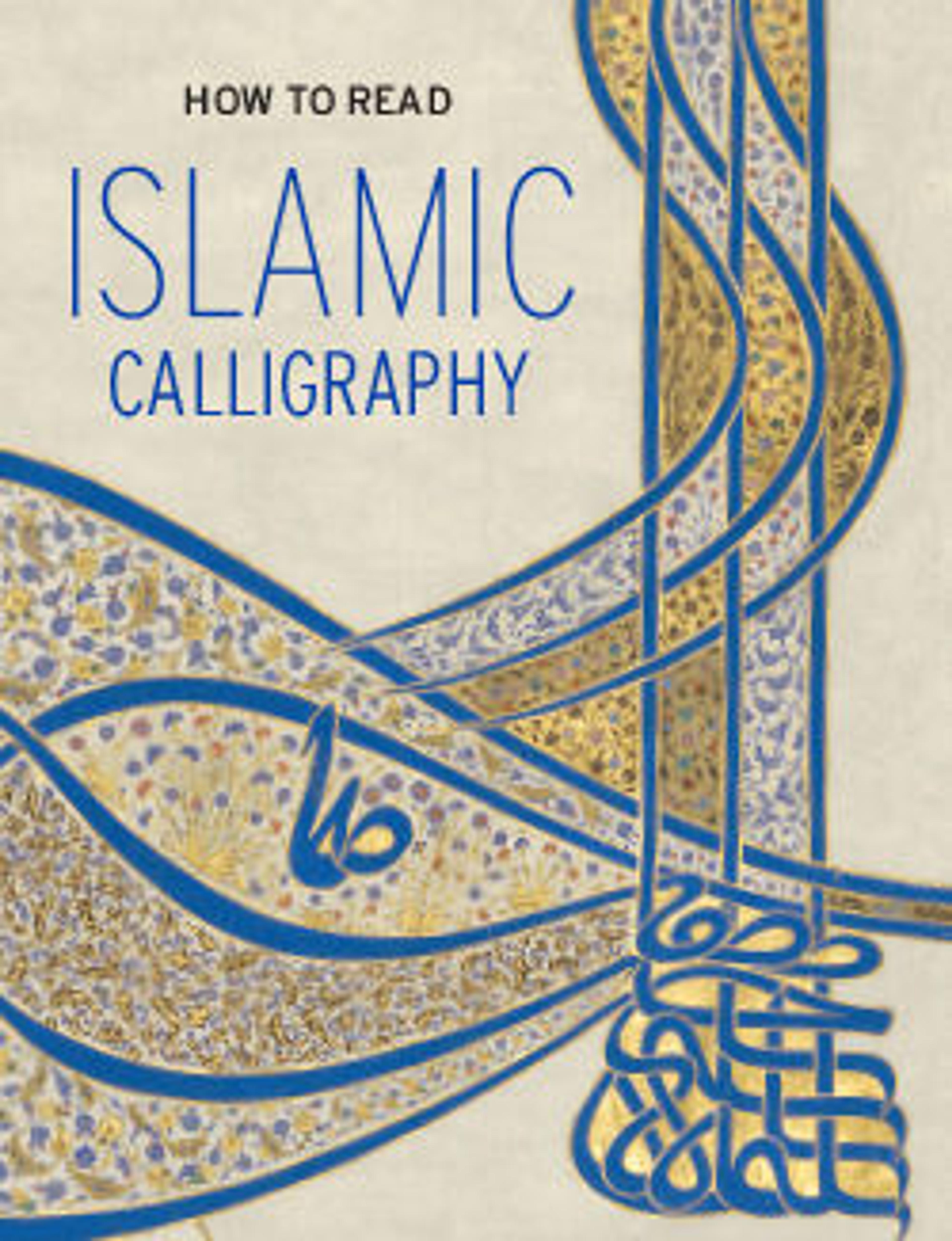Portable Qur’an Manuscript
Diminutive Qur’ans were used both as amulets and devotional objects. Historical texts and paintings reveal that in Ottoman Turkey tiny manuscripts like this example, referred to as sançak (banner) Qur’ans, functioned as talismanic pendants which were placed in metal boxes or pouches and attached to the shaft of military standards (ʿalams). They were also sometimes worn as armbands or around a soldier’s neck, or they could have been affixed to a weapon or a ceremonial object. Although difficult to read due to the small size of the writing, these Qur'ans were thought to empower and protect the sultan and his troops in battle.
Artwork Details
- Title: Portable Qur’an Manuscript
- Date: 17th century
- Geography: Attributed to Iran or Turkey
- Medium: Ink and gold on paper; leather binding
- Dimensions: Max. H. 1 1/4 in. (3.2 cm)
Max. W. 1 1/4in. (3.2 cm) - Classification: Codices
- Credit Line: Gift of Joseph W. Drexel, 1889
- Object Number: 89.2.2156
- Curatorial Department: Islamic Art
More Artwork
Research Resources
The Met provides unparalleled resources for research and welcomes an international community of students and scholars. The Met's Open Access API is where creators and researchers can connect to the The Met collection. Open Access data and public domain images are available for unrestricted commercial and noncommercial use without permission or fee.
To request images under copyright and other restrictions, please use this Image Request form.
Feedback
We continue to research and examine historical and cultural context for objects in The Met collection. If you have comments or questions about this object record, please contact us using the form below. The Museum looks forward to receiving your comments.
